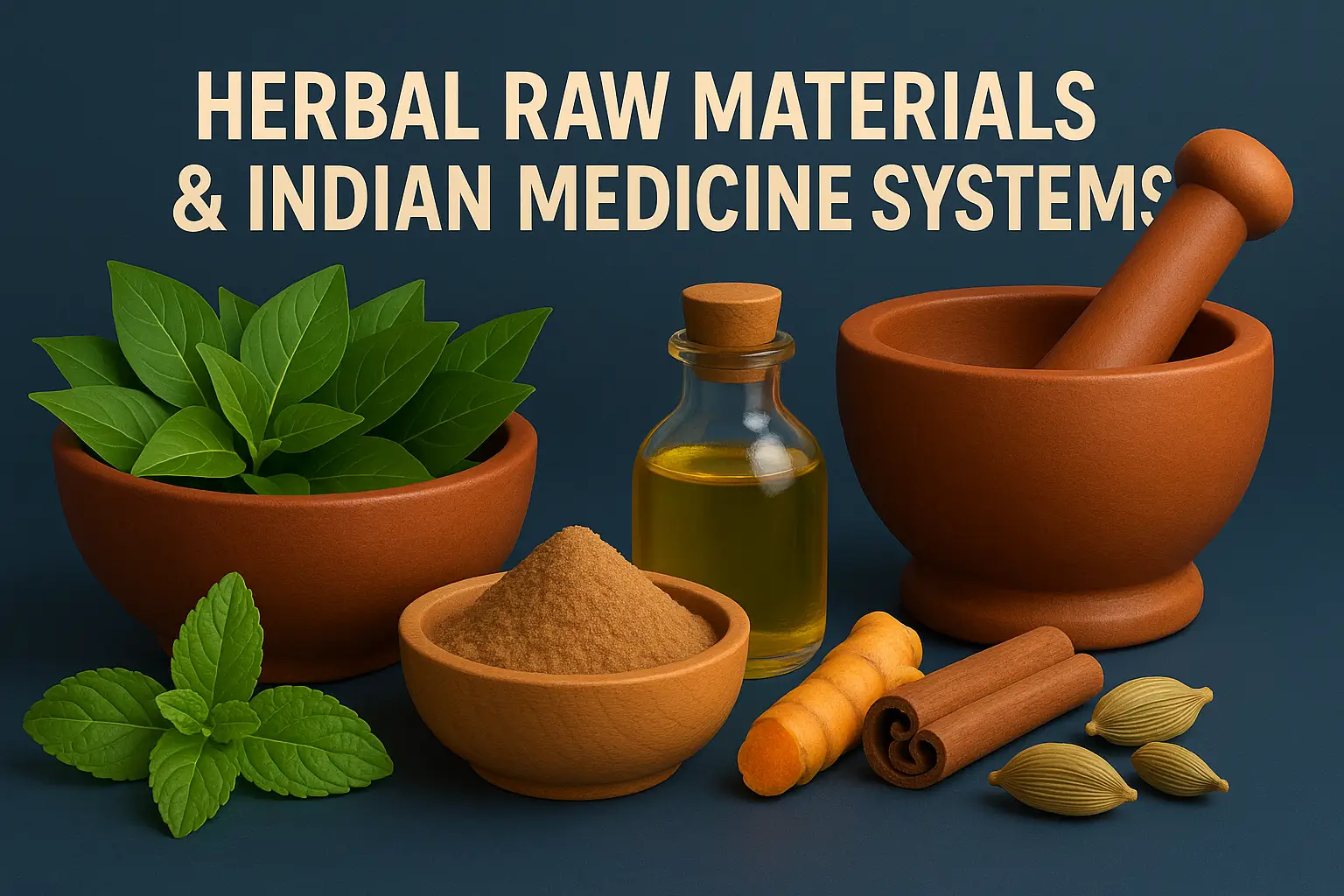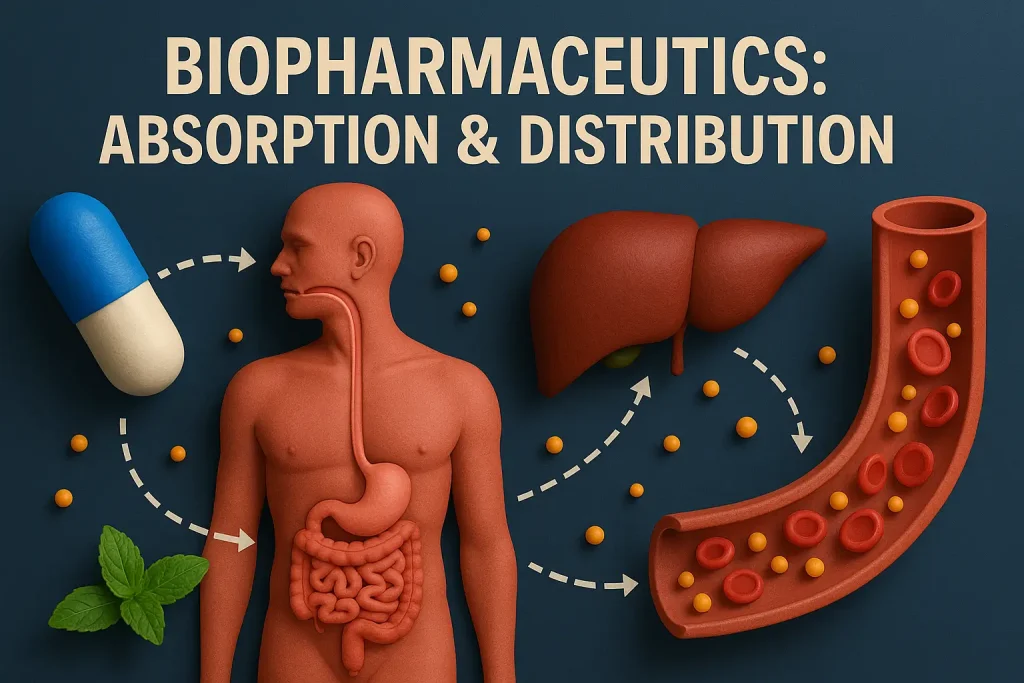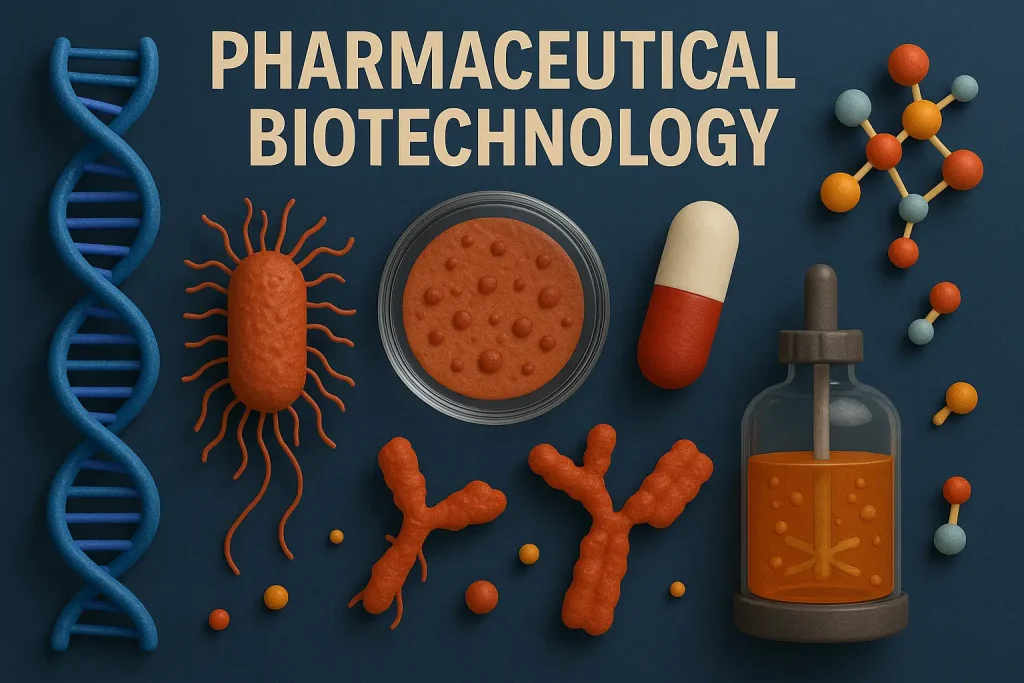Intro to Drug Design & QSAR Approaches Notes [U-5]
Buy Premium
Get The High-Quality Pdf Notes on App
Advertisements
Introduction to Drug Design
- Introduction to Drug Design
- Various Approaches Used in Drug Design
- Physicochemical Parameters Used in QSAR
- Pharmacophore Modeling
- Molecular Docking Techniques
Combinatorial Chemistry
- Combinatorial Chemistry: Concept and Application
Combinatorial Chemistry: Synthesis Methods
- Solid-Phase Combinatorial Chemistry
- Solution-Phase Synthesis in Combinatorial Chemistry
Advertisements
Other Units of Medicinal Chemistry III
Medicinal Chemistry III
Advertisements
Other Subjects of B Pharmacy 6th Semester
Topic wise notes of:
Biopharmaceutics and Pharmacokinetics
- Biopharmaceutics: Absorption & Distribution
- Drug Elimination, Bioavailability & Bioequivalence
- Pharmacokinetics Models, Dosing & Parameters
- Multicompartment models
- Nonlinear Pharmacokinetics
Advertisements
Topic wise notes of:
Pharmaceutical Biotechnology
- Introduction to Pharmaceutical Biotechnology
- Genetic Engineering & rDNA Technology
- Immunology and Vaccine Technology
- Microbial Genetics & Biotransformation
- Fermentation & Bioproduct Production
Topic wise notes of:
Pharmaceutical Quality Assurance
- Quality Assurance, GMP, ICH, QbD & Quality System
- GMP: Personnel, Premises & Equipment Control
- Quality Control and Good Laboratory Practice
- Complaints & Document Management
- Calibration and Warehousing
Advertisements
UNIT–V: Intro to Drug Design and Related Concepts Notes
1. Drug Design
- Involves designing molecules with desired biological activity.
- Approaches: Structure-based, ligand-based, and prodrug strategies.
2. QSAR (Quantitative Structure–Activity Relationship)
- Links chemical structure to biological activity.
- Key Parameters:
- Log P (lipophilicity)
- Hammett’s σ (electronic effects)
- Taft’s Es (steric effects)
- Hansch Analysis (multivariate approach)
3. Pharmacophore Modeling & Docking
- Pharmacophore: Key features needed for activity.
- Docking: Predicts drug binding to targets.
4. Combinatorial Chemistry
- Used to create diverse compound libraries.
- Methods: Solid-phase and solution-phase synthesis
At FirstHope, we provide BPharm notes that are topic-wise, easy to understand, and designed strictly as per the AKTU and Other Universities, hence designed according to PCI syllabus.
Advertisements





